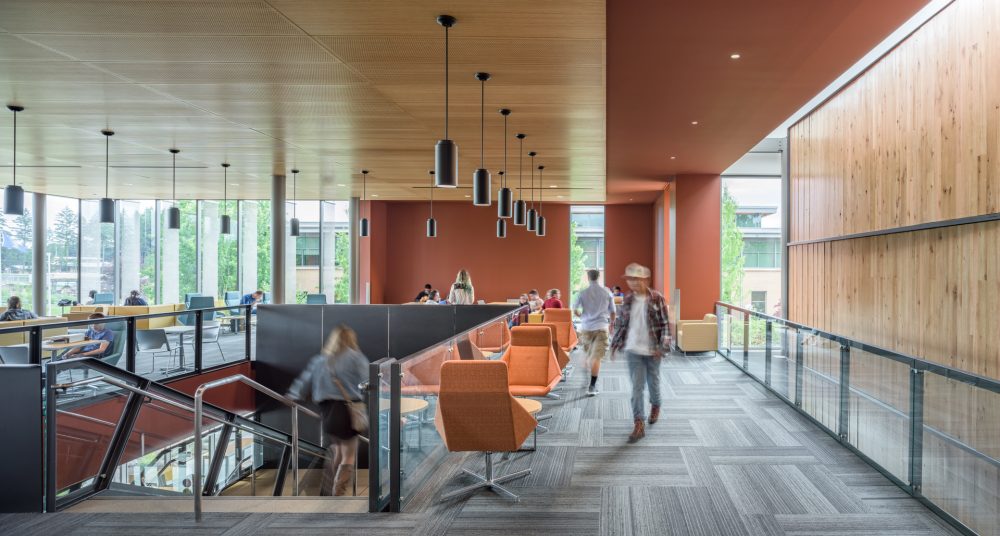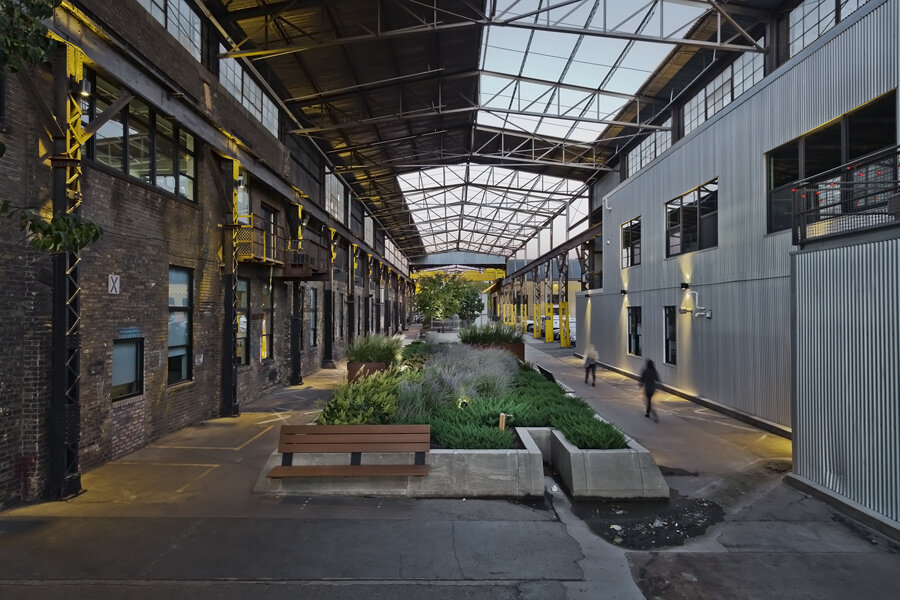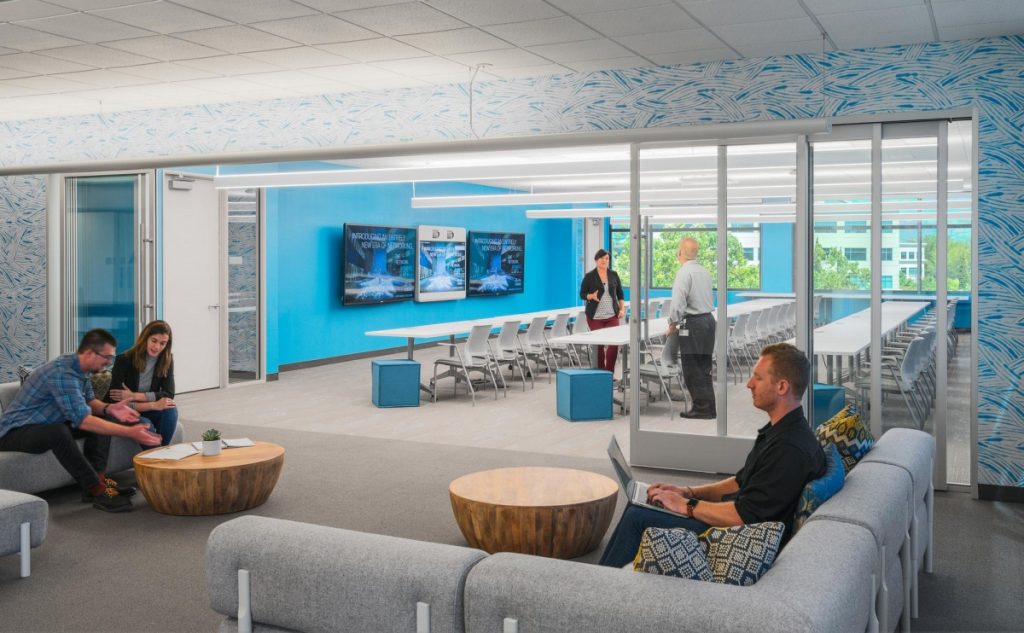In today’s rapidly evolving world, the concept of energy-efficient homes has become increasingly prominent. As more individuals seek to minimize their carbon footprint and reduce energy costs, the demand for homes that are both environmentally friendly and economically viable has surged. Whether you’re a homeowner or a real estate developer, understanding the nuances of designing and living in an energy-efficient home is crucial.
Here, we provide you with practical energy-efficient homes planning tips to guide you through the process of creating a sustainable living environment. By incorporating these strategies, you can ensure your home is not only planet-friendly but also cost-effective.

Understanding the Importance of Energy Efficiency
Before delving into the specifics of planning, it’s essential to understand why energy-efficient homes matter. Reducing energy consumption not only lowers utility bills but also decreases greenhouse gas emissions. According to the Statista on Green Buildings, the interest in green construction is rising, with more homeowners opting for sustainable solutions.
Environmental Impact
Energy-efficient homes significantly reduce the amount of energy required for heating, cooling, and daily operations. This reduction in energy use translates to fewer fossil fuels burned and, consequently, fewer emissions released into the atmosphere.
Economic Benefits
Aside from the environmental benefits, energy-efficient homes offer substantial economic advantages. Homeowners typically enjoy lower utility costs, which can lead to significant savings over time.
Key Elements of Energy-Efficient Home Design
To fully realize the potential of an energy-efficient home, several critical components must be considered during the planning phase.
Insulation and Sealing
Proper insulation plays a pivotal role in maintaining consistent indoor temperatures, thereby reducing the need for excessive heating or cooling. Ensuring your home is well-sealed prevents air leaks, further enhancing energy efficiency. For insights on Green Construction Steps, check out expert strategies.
Energy-Efficient Windows
Windows can be a significant source of heat gain or loss. Opting for double or triple-glazed windows with low-emissivity coatings can drastically improve energy retention.
Incorporating Renewable Energy Sources
The integration of renewable energy sources, such as solar panels, can further boost a home’s efficiency. Generating your own power reduces dependency on the grid and lowers energy expenses.
Solar Power
Solar panels have become an increasingly popular choice for homeowners seeking a clean power source. These panels can be installed on rooftops or other suitable locations to harness energy from the sun.
Geothermal Heating
Geothermal systems leverage the earth’s heat to provide both heating and cooling solutions. This method is not only sustainable but also highly effective in optimizing energy use.
Smart Home Technology
Incorporating smart technology can help homeowners monitor and manage energy consumption more effectively.
Smart Thermostats
Smart thermostats allow for precise temperature control, learning your schedule and preferences to optimize heating and cooling cycles.
Automated Lighting
Automated lighting systems can be programmed to adjust based on occupancy and time of day, minimizing unnecessary energy use.
Materials and Resources
Choosing sustainable materials is a cornerstone of energy-efficient home design.
Recycled and Low-Impact Materials
Opting for recycled materials and those with a lower environmental impact can greatly reduce a home’s ecological footprint.
Durability and Longevity
Materials that are built to last reduce the need for frequent repairs or replacements, conserving resources over time.
Design and Orientation
The layout and orientation of a home can significantly influence its energy performance.
Sunlight Orientation
Maximizing natural light and utilizing the sun’s path can enhance heating in winter while minimizing cooling needs in summer.
Efficient Layout
A well-planned layout facilitates better airflow and more efficient heating and cooling distribution.

FAQs on Energy-Efficient Homes
What are the most cost-effective energy-efficient upgrades?
Upgrades such as enhanced insulation, energy-efficient windows, and smart home technologies are among the most cost-effective ways to boost efficiency.
How does orientation affect home energy use?
Orientating a home to maximize sunlight can significantly reduce heating and cooling needs, effectively cutting energy costs.
Are energy-efficient homes more expensive to build?
While initial costs may be higher, the long-term savings on energy bills often offset these costs. Additionally, various grants and incentives are available for energy-efficient projects.
For more in-depth understanding, explore US Green Building Council, a resource offering extensive insights into green building practices.
This article contains affiliate links. We may earn a commission at no extra cost to you.



